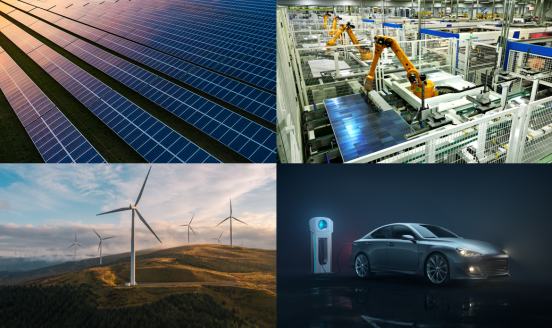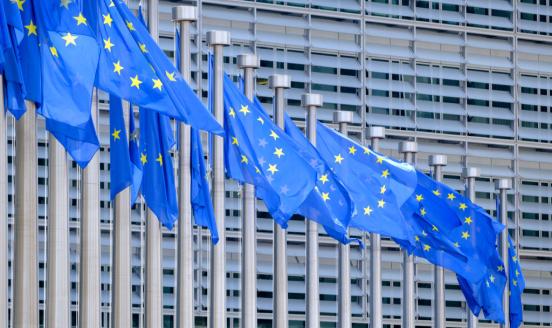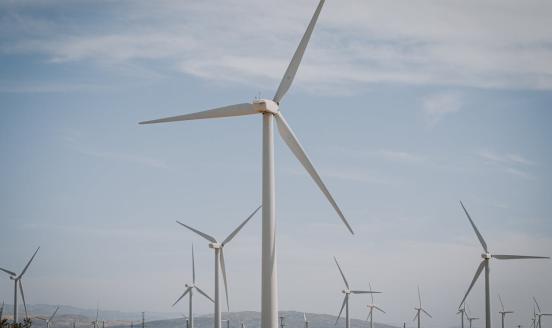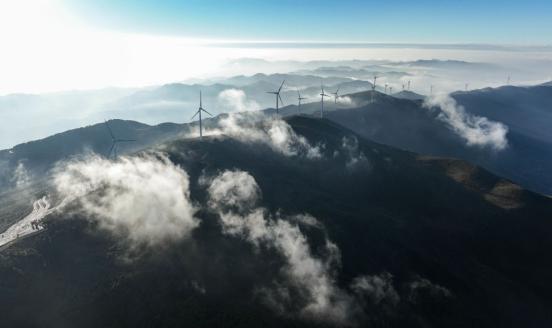EU urgently needs to reverse its climate neutrality failure
Immediate action is necessary to ensure the EU can become carbon-neutral by 2050 and thus limit global warming. The rapid rise in support of this targ
European leaders failed this month to adopt a target to make the bloc climate-neutral by 2050, due to opposition from the Czech Republic, Estonia, Hungary and Poland.
The target, which implied that by 2050 Europe would have to absorb as much greenhouse gas as it emits, has gathered momentum over the last month. Since May, the number of countries backing the target has risen from eight to 24. By European standards, this represents a surprisingly quick political development. It also suggests that remaining resistance can be overturned, and that the 2050 target can eventually be adopted.
European leaders should increase pressure on the four opposing countries and agree the 2050 deal before the UN climate conference in New York in September, where discussions will focus on how to accelerate the implementation of the Paris Agreement.
Europe needs to arrive in New York with the 2050 climate neutrality target secured, not only to stay at the forefront of global climate action but also to push China and other major polluters to follow the same path.
This is vital, as the aim of arriving at carbon neutrality by 2050 is the single correct destination point on the climate policy map. Scientists have indeed shown that achieving climate neutrality within that time frame is the only sensible way to limit global warming to 1.5 degrees Celsius, and therefore to protect the world from the more dramatic impacts of climate change.
This would represent only a starting point for Europe, though. The continent has not yet managed to reduce its greenhouse-gas emissions convincingly. After years of decline, emissions have actually picked up again in 2017. This is not surprising, as fossil fuels continue to dominate Europe’s electricity, transport, industrial and residential sectors.
Just look at the electricity sector. In the last decade, Europe has strongly supported renewable energy, which now covers around 30% of consumption. But while European electricity has become greener, it has also maintained its oldest and most polluting component: coal.
The dirtiest fossil fuel still represents 20% of Europe’s electricity mix, with astonishing national peaks such as 80% in Poland, 50% in the Czech Republic, 46% in Bulgaria, 37% in Germany, and 34% in Greece.
Only Finland and Sweden have so far taken a final decision on a coal phase-out. In other cases, countries have just made announcements, generally within a 2030 horizon. In Germany, a 2038 coal phase-out is now under discussion. Not even this, though, has ever been mentioned in central and eastern European countries featuring the highest utilisation of coal.
Possibly even worse, however, is the situation of the European transport sector. CO2 emissions have continued to rise over the last few decades with little policy intervention by European leaders to reverse this trend.
EU leaders should not only adopt the 2050 climate neutrality target before the September UN climate conference, but also demonstrate their genuine commitment to consistently pursue it.
There are no excuses: deep decarbonisation is becoming technically and economically viable, as most of the technologies needed for this transformation are now available, at ever lower costs. What is needed is a clear policy framework capable of promoting this transformation in an intelligent way, i.e. by seizing the economic and industrial opportunities it offers, and by ensuring its social inclusiveness.
This has to be done right now. Policy choices made from now until 2024 will indeed define the shape of the European energy system by 2050. Europe, thus, needs not only to agree on where it wants to go, but also to make sure it consistently follows this path.



